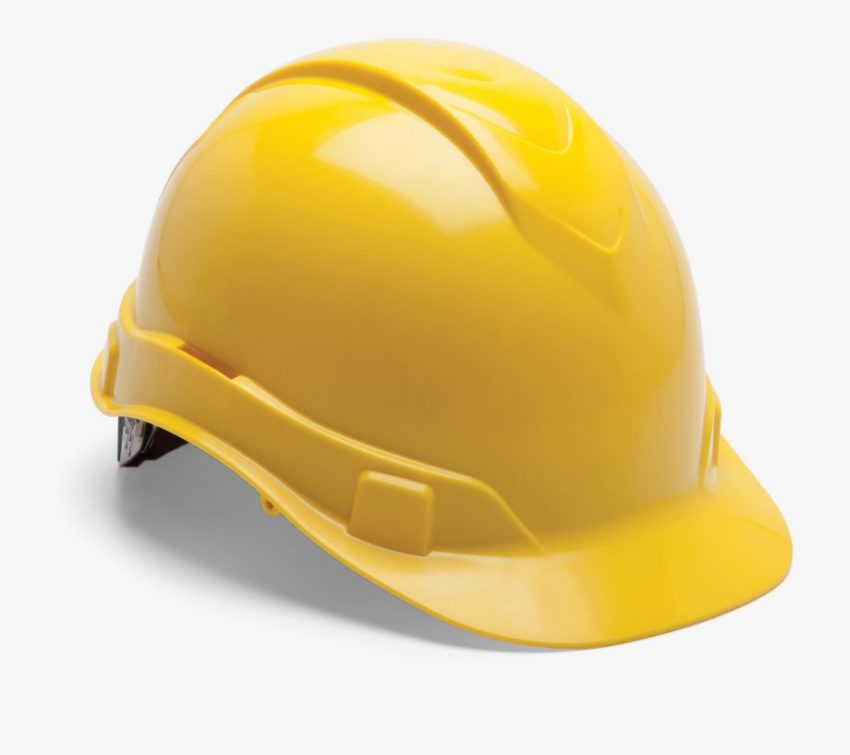When it comes to workplace safety, one piece of equipment that is often overlooked is the humble hard hat. In Australia, it is a legal requirement for construction workers to wear a hard hat, but the benefits of wearing one extend to many other industries as well.
Hard hats are designed to protect the head from falling objects, impact, and electrical shock. They are made of a durable, high-density plastic material that is able to withstand heavy blows. The suspension system inside a hard hat is also designed to absorb impact, reducing the force of a blow to the head.
But hard hats are not just for construction workers. Many other industries, such as mining, manufacturing, and transportation, also require workers to wear hard hats. This is because these industries often involve working in environments where there is a risk of objects falling from above, or where there is a risk of head injuries from collisions or other accidents.
Hard hats are also important for protecting against electrical shock. Many jobs, such as electrical work, involve working with live wires or other electrical equipment. A hard hat can provide a critical layer of protection in these situations, shielding the head from electrical shocks that could otherwise be fatal.
In addition to protecting the head from physical harm, hard hats also provide other important benefits. For example, they can protect workers from the sun, rain, and other weather conditions. This is especially important in Australia, where the weather can be extreme. Hard hats can also be fitted with a range of accessories, such as face shields, earmuffs, and visors, to provide additional protection in specific working environments.
One of the key benefits of wearing a hard hat is that it can help to prevent accidents and injuries on the job. By providing a layer of protection for the head, hard hats can reduce the severity of injuries that do occur, and can even save lives. This is why it is so important for workers in high-risk industries to wear hard hats at all times when they are on the job.
It is important to note that wearing a hard hat is only effective if it is worn correctly. Hard hats should be fitted properly, with the suspension system adjusted to the individual wearer’s head. The hard hat should also be worn level on the head, with the brim parallel to the ground. Additionally, hard hats should be inspected regularly for signs of damage or wear, and should be replaced if they show any signs of being compromised. By following these guidelines, workers can ensure that their hard hats provide the maximum level of protection on the job.
In addition to wearing a hard hat, it is also important for workers to follow other safety guidelines to protect themselves on the job. This may include wearing other personal protective equipment (PPE), such as safety glasses, earplugs, or gloves, as well as following safe work practices and procedures. Employers also have a responsibility to provide a safe working environment for their employees, including conducting regular safety inspections and training workers on how to identify and mitigate potential hazards. By working together, workers and employers can create a safer workplace and reduce the risk of accidents and injuries.
In conclusion, hard hats are essential for workplace safety in Australia. They provide critical protection for the head, and can help to prevent accidents and injuries on the job. If you work in an industry where there is a risk of head injuries, it is important to always wear a hard hat to protect yourself and your colleagues.
